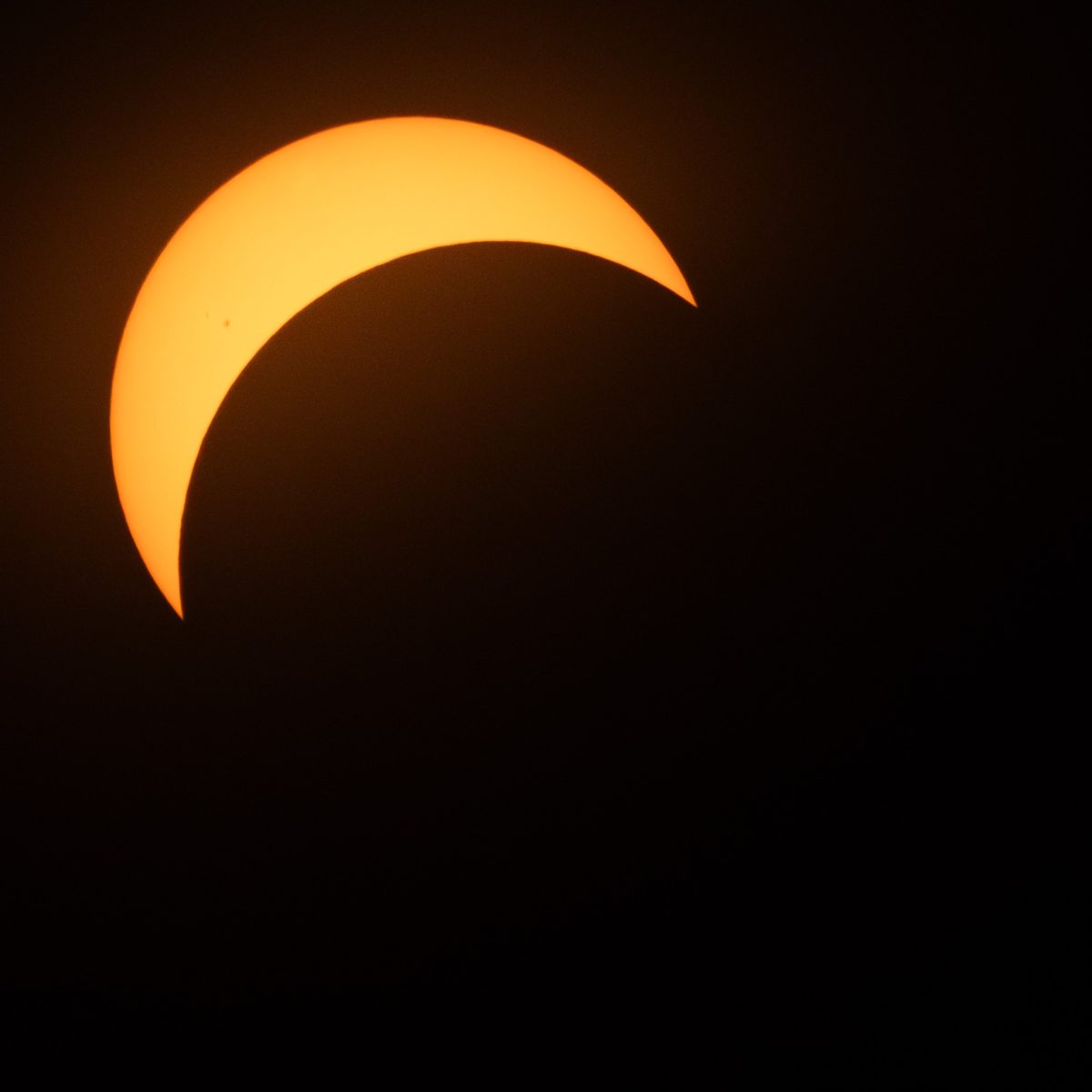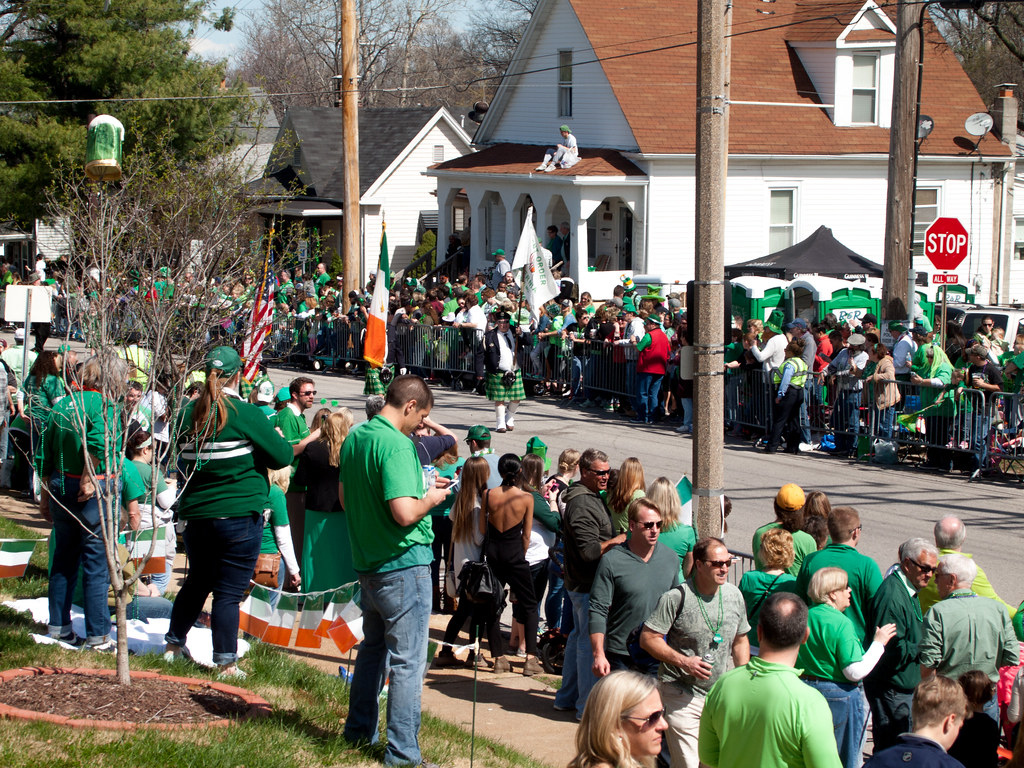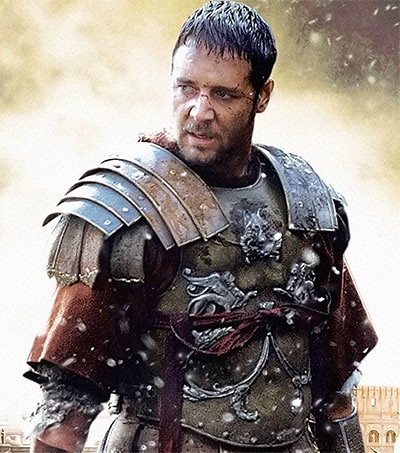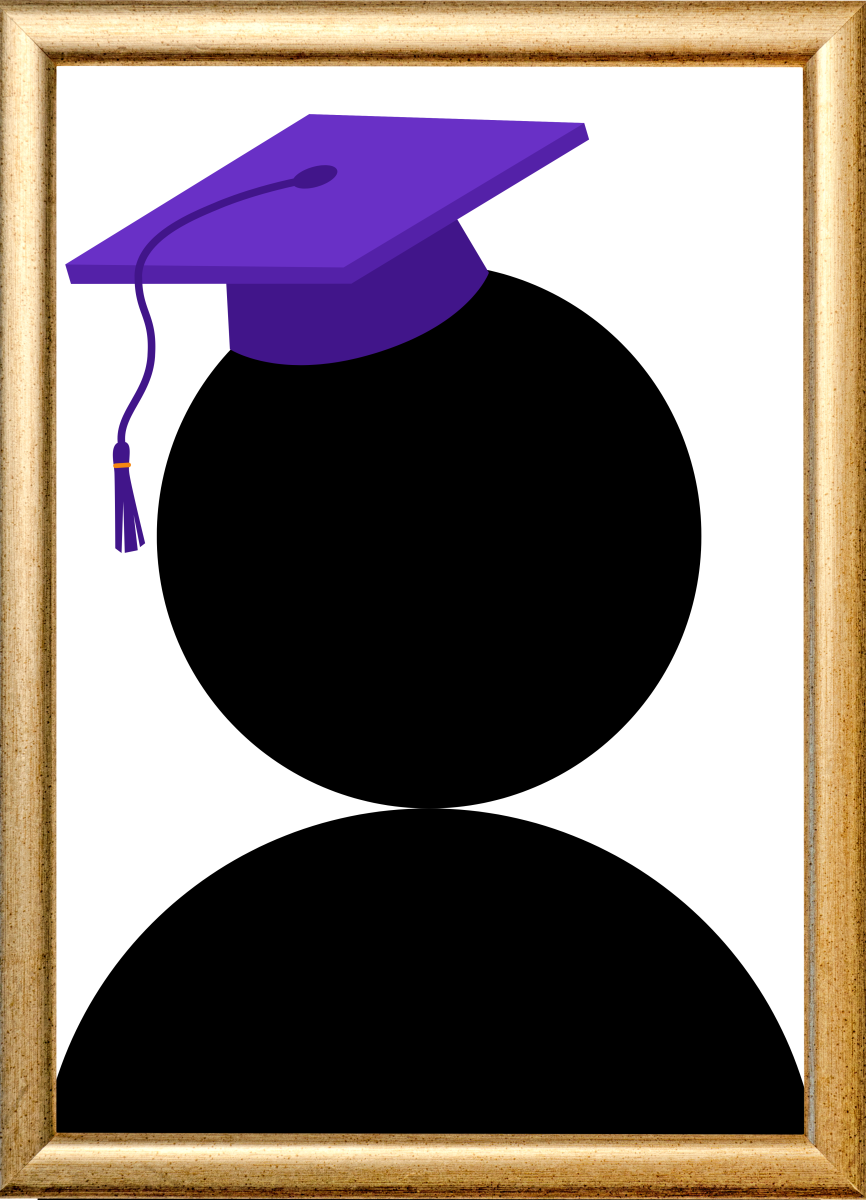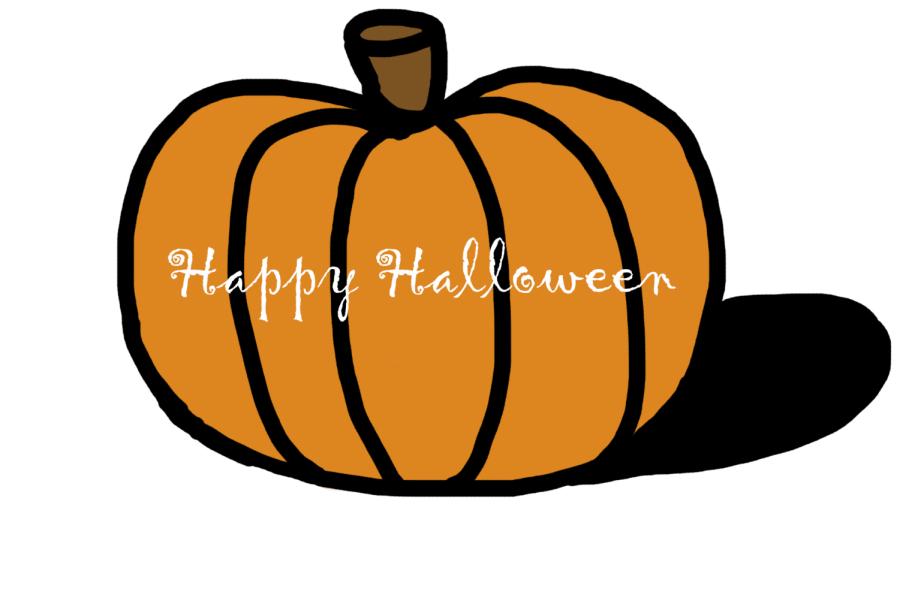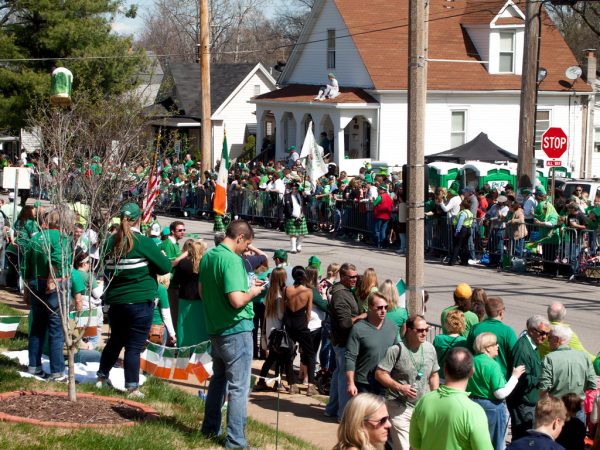Seasonal Sabbats
Explaining the Wheel of the Year
The Wheel of the Year is a visual representation of the eight religious festivals, also known as sabbats, and are celebrated by neo-pagans and other new-age Wiccan movements. Neo-paganism, often referred to as Wicca, is the modern revivement of early European religions and focuses on the worship of the natural world. Many of the sabbats celebrated in the Wheel of the Year have Celtic origins, although they may have gone by different names in the past, according to worldhistory.org.
While there is no record of a Wheel of the Year in Celtic history, it is heavily influenced by Celtic culture and religion. The Celts believed in a natural cycle; time was limited and things changed, meanwhile the Earth and seasons moved in a never-ending cycle. This cycle is why the sabbats are represented in a wheel, according to worldhistory.org.
The Celts believed that taking things for granted was one of the worst sins a person could commit. This is why all of the sabbats focus on looking back on the past season and showing gratitude for every opportunity, according to worldhistory.org.
Yule
The winter solstice takes place on Dec. 21 and marks the day where the night is the longest of the year. Yule (pronounced yu-l) celebrates this time as an opportunity of new beginnings and renewal as the days begin to lengthen. It is also a day to spend time with family and look back on the abundance of the year, as Yule celebrates nature’s cycles as they reach their turning point, according to britannica.com and learnreligions.com. Yule is oftentimes compared to more known holidays, such as Christmas, Hanukkah and Kwanzaa, and is no doubt similar, as all of these holidays have a message of happiness, gratitude and family.
Meanwhile, Yule has its own unique activities, such as the Yule log. This is a chunk of a log that is decorated and typically burned throughout the winter solstice, though modern celebrators may use smaller, faster-burning logs or even cakes that are decorated to look like logs. The thought behind the Yule log is to bring in wealth, luck and prosperity while it is destroyed or consumed, according to britannica.com.
Imbolc
On Feb. 2, the cold winter begins to show signs of the incoming spring. This is Imbolc (pronounced im-blk), the half-way point between the winter solstice and the spring equinox. Imbolc foretells the change of seasons and honors one of the many—but most powerful—pagan harvest deities, Brigid. The Celts wove effigies of Brigid out of wheat and grain to decorate their homes and attract abundance. They also burned bonfires to honor the goddess, as fire was one of her main symbols, according to history.com.
Some modern celebrators may choose not to honor any goddess for Imbolc; instead, they take a more symbolic approach, asking for abundance from the Earth and sowing the seeds of their upcoming goals the same way that Celtic farmers would sow seeds in preparation for spring.
Ostara
Colored eggs, flower decorations and rabbits may ring a bell in those who are familiar with Easter, but all of these traditions were borrowed from the holiday of Ostara (pronounced ow-staa-ruh) centuries ago. Ostara, which takes place on March 21, is the celebration of the spring equinox: the official start of spring and end of winter. This is a lively holiday, as the dead winter breaks allow for life to bloom. Ostara builds excitement for a new season and all the opportunities that come with it, so hares and rabbits are common symbols that pop up in this time. Hares symbolize renewal, because they hibernate through winter and only come out in March, around the same time as the spring equinox.
Similarly, eggs and flowers also show fertility and rebirth, which is why these are all common decorations for Ostara. Most of Ostara’s traditions stuck with its transformation to Easter, such as dying eggs and receiving small gifts, according to bpl.org.
Beltane
Beltane falls between the spring equinox and the summer solstice on May 1. Beltane (pronounced bel-tayn) celebrates the peak of spring, along with fertility, because nature is in full bloom. Beltane has a heavy emphasis on celebration and joy, specifically dancing. Bonfires, dancing and maypoles are frequent symbols of Beltane. A maypole is a tall pole with ribbons hanging from the top, which participants will each take and dance in a very specific way in order to weave the ribbons together. Weaving is a very common activity during Beltane. People may weave flowers into their hair, a flower crown or a wreath that they may wear. Celebrators may also dance around or jump over bonfires. All of these activities are to encourage luck as spring sees itself out, according to bpl.org.
Litha
The summer solstice is celebrated on June 21 on the longest day of the year. Also known as Midsummer’s Night, Litha thanks Mother Earth for abundant harvests. It also celebrates the sun as it begins to make shorter journeys across the sky. One way the Celts celebrated this was to light bonfires in order to assist the light of the sun while it traveled. Fertility is important to the summer solstice; the joy of childbirth is another aspect of nature that is revered at this time of the year. To celebrate Litha, people make wreaths, light bonfires and meditate to give thanks for their blessings, according to mabonhouse.co.
Lammas
Lammas (pronounced laa-muhz), also known as Ludnasadh (pronounced loo-nas-ah) is in the middle of the summer solstice and the fall equinox on Aug 1. The main point of Lammas is to celebrate the grain harvest, as grain was very important to the Celts. In fact, the name Lammas comes from the original name of Loaf Mass, as many loaves of bread were being made before the grain harvest went bad. Ludnasadh comes from the craftsman god of Lugh who oversaw this holiday. In honor of him and Ludnasadh, many celebrators start projects or get in touch with their creativeness. Baking and crafting are both the most popular activities during Lammas, according to bpl.org.
Mabon
Sept. 23 marks the fall equinox, also known as Mabon (may-bon). This is the second harvest, after Lammas, and is similarly a time for giving thanks. In the era of the Celts, people gave thanks for an abundant harvest that fed their community. In the present day, it is simply giving thanks for any and all good fortune. The most comparable holiday would be Thanksgiving, since feasts made from the second harvest are common and a popular way to both show gratitude and spend time with family, according to bpl.org.
Apple picking is a very popular activity during Mabon, as they grow during the fall and symbolize fertility, the powerful natural force that nearly all sabbats appreciate. Many celebrators also meditate and reflect on the balance in their lives because of the balance of night and day during the equinox, according to bpl.org.
Samhain
Samhain (pronounced saw-in) is the holiday of spirits. On Oct. 31, pagans and other sabbat celebrators recognize the cycle of death and rebirth by honoring ancestors and other spirits that cross into the living world. The reason that this holiday is so important for spirit connection is because Samhain is the one day of the year where the veil between the afterlife and the Earth is the thinnest, allowing the dead to travel between both worlds, according to learnreligions.com. The Celts announced this day as the turning point from the vibrant harvest season to the cold, dead winter, which symbolizes the cycle of death and allows for the spirit realm to drift into the living world, according to history.com.
The ancient Celtic holiday was passed along to the Romans in A.D. 43 and was transformed to worship the Roman Pantheon in the next 400 years. When the influence of Christianity passed through these lands centuries later, Samhain then became All Saints’ day, with All-Hallows Eve coming the night before. In modern day, this name has transformed into the more traditional Halloween, according to history.com.
While the eight sabbats have been overshadowed and transformed by more popular traditions, they are still celebrated by Wiccans around the world today. Some of the old-fashioned practices have also taken a more modern approach by celebrators; for Imbolc, popular activities include spring cleaning and planning vacations. Samhain celebrations include typical Halloween activities, like dressing in costume and being extra superstitious; for Litha, people enjoy outdoor scavenger hunts. Each of the sabbats are flexible holidays due to being a melting pot of Celtic traditions, so for low energy people, even simple meditation reflecting on the season is a valid form of celebration.

